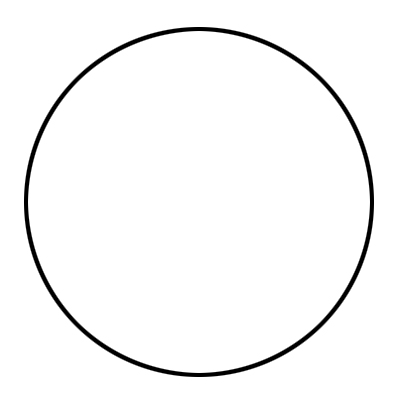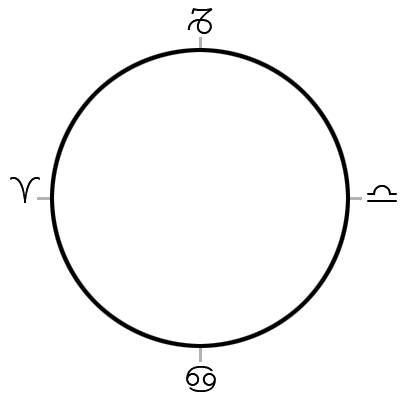Exploring Titus Burckhardt’s “Mystical Astrology According to Ibn ‘Arabi” continued:
A comparison between the twelve Towers or the Signs of the Zodiac and the twenty-eight lunar Mansions might be useful for further astrological speculation and experimentation. The mansions are one of the more neglected areas in western astrology. Neil Mann in his web site devoted to W. B. Yeats “A Vision” gives a nice summary:
“The focus (of using the Mansions, ed.) is almost entirely on ‘catarchic’ astrology, that is the selection of propitious times to begin things and, with respect to what is favoured by the Moon’s position in the various Mansions. Abenragel’s list is a summary of Indian and Hellenistic traditions rather than an exposition of Arabian astrology or any ideas of his own. The enterprises involved vary from the important to the trivial, from marriage to when to put on new clothes, and Dorotheos also comments on the outcome of processes started involuntarily under a particular Mansion, such as captivity. Certain enterprises are favoured and others particularly cautioned against depending on the Moon’s position, though, for good fortune in the ventures favoured by a Mansion, the Moon must also be free from bad aspects from other planets … It is interesting that in European adoption the practice seems to have moved away somewhat from the deciding when to start a venture to focus more on magical operations and the making of talismans, although the matters favoured may be similar. This seems more superstitious in some respects, but it also takes the burden off waiting for the appropriate time to do something, as long as the talisman has been made at the right time. The lists here are incidentally a fascinating side-light on the possible pre-occupations of their period, though probably more the time of the original sources, than of ‘Alî ibn abi ’r-Rijal himself, or of the Latin translators. Certain things like when to have a haircut and put on new clothes seem strangely unimportant, while Dorotheos’ terms of reference, in particular, are very much those of a male, slave-owning soldier, in danger of capture.” http://www.yeatsvision.com/Mansions.html
In his “Futuhat Makkiya”, Ibn ‘Arabi devotes the second chapter to the Science of Letters. There he says,
“The science of letters can thus not be looked at independantly of the science of the heavenly bodies or of the cosmic cycle.” (The Meccan Revelations, ed. Michel Chodkiewicz, p.108)
I don’t want to go into any further detail here, as the material is very complex. What should be noted is that each of the Mansions corresponds to one of the letters or the arabian alphabet, which has twenty-eight letters.
As we have seen it is the Sun whose movement helps to “define” the twelve Towers. The Lunar Mansions of course come into differentiation through the movement of the Moon. The beginning is where the Moon crosses the path of the ecliptic, but for all practical purposes the vernal equinox is usually taken as a starting point.
There are two thoughts that you might consider. First, it is possible to integrate the Mansions, astrologically, by taking into account the correspondances given by Ibn ‘Arabi. (There is a table included in “Mystical Astrology according to Ibn ‘Arabi”. It is however very hard to read as the middle of it disappears into the binding. For ease of reading you can refer to the above website, there the table is in a readable tabular form.) And secondly, considering that each Mansion is in a sense a resting place (a station) for the Moon, it is not so far fetched to look closer to the earthly sphere for signification. One shouldn’t forget however, that Ibn ‘Arabi’s “mundane” approach to the letters is in respect to the Divine Names. Each is a doorway or a station to remember (dhikr) God.



